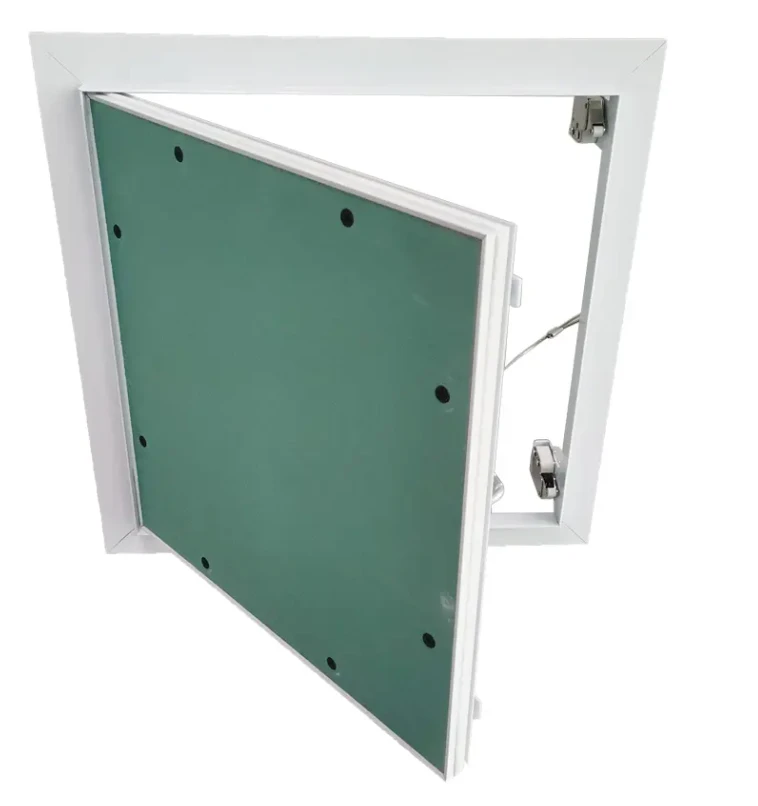Dec . 12, 2024 09:24 Back to list
ceiling tie wire
Understanding Ceiling Tie Wire Importance, Applications, and Installation
Ceiling tie wire plays a crucial role in the construction and remodeling of buildings, providing structural integrity and safety. This article explores the significance, applications, and installation processes of ceiling tie wire, shedding light on its importance in modern construction practices.
What is Ceiling Tie Wire?
Ceiling tie wire, often made from galvanized steel or other durable materials, is designed to anchor ceiling structures securely. It is commonly used to connect various components of the ceiling framework, ensuring stability and support for the materials used, such as drywall or plasterboard. The wire provides reinforcement that helps to distribute the weight of the ceiling, which is especially critical in areas with heavy fixtures or materials.
Importance of Ceiling Tie Wire
One of the primary functions of ceiling tie wire is to prevent sagging and structural failure, which can arise due to the weight of the ceiling materials and fixtures. When ceilings are not properly supported, they can warp or buckle over time, leading to costly repairs and potential safety hazards. By using tie wire, builders can enhance the durability of the ceiling, ensuring that it remains flat and secure throughout its lifespan.
Additionally, ceiling tie wire is important in environments where heavy materials are used, such as tiles or decorative elements. In spaces like commercial buildings or public facilities, where ceilings may support lighting, HVAC systems, or soundproofing materials, the use of tie wire becomes even more critical. It provides an essential safeguard against potential collapse, thereby protecting the building's occupants and the structure itself.
Applications of Ceiling Tie Wire
Ceiling tie wire is predominantly used in the installation of suspended ceilings, which are common in both residential and commercial properties. These ceilings, often referred to as drop ceilings, are installed below the main ceiling to conceal plumbing, electrical wiring, or ductwork while providing a clean and finished look. Tie wires secure the grid system that supports the ceiling tiles, maintaining the level and integrity of the overall structure.
Moreover, ceiling tie wire is used in various construction projects, including basements, attics, and large open spaces
. In settings where noise control is essential, such as recording studios or theaters, tie wire ensures that ceilings can support soundproofing materials without sagging or shifting, maintaining the quality of acoustics in the space.Installation of Ceiling Tie Wire
ceiling tie wire

The installation of ceiling tie wire requires careful planning and execution to ensure maximum effectiveness. Here are the basic steps involved in the process
1. Assess the Structure Before installation, assess the weight load that the ceiling will carry. This evaluation helps determine the type and amount of tie wire needed.
2. Choose the Right Material Select high-quality tie wire, typically available in various thicknesses. Galvanized steel is a popular choice due to its corrosion resistance and strength.
3. Measure and Cut Measure the required lengths of the tie wire, cutting them to the appropriate size. It's essential to have sufficient wire to reach from the ceiling support beams to the main ceiling structure.
4. Anchor the Wire Using anchors or fasteners, secure one end of the tie wire to the ceiling joist or beam. Ensure that the wire is taut to provide adequate support.
5. Connect to the Ceiling Framework Attach the other end of the tie wire to the ceiling grid or framework, ensuring it is tightly secured. This connection is vital for stability and to prevent movement.
6. Check for Level Once all ties are installed, check that the ceiling is level and adjust any mismatched areas as needed.
7. Final Inspection Conduct a thorough inspection to ensure all tie wires are securely fastened and that the ceiling framework is stable before installing ceiling tiles or finishing materials.
Conclusion
Ceiling tie wire may seem like a small component in the overall construction process, but its impact on structural integrity and safety is significant. By understanding its importance and properly implementing installation techniques, builders and homeowners can create safe, durable, and aesthetically pleasing spaces. Whether in a new construction project or a remodel, ceiling tie wire is an essential element that should not be overlooked.
-
Quality Ceiling Trap Doors & Access Panels | Easy & Secure AccessNewsAug.30,2025
-
Durable Ceiling T Grid Systems | Easy InstallationNewsAug.29,2025
-
PVC Gypsum Ceiling: Durable, Laminated Tiles for Modern SpacesNewsAug.28,2025
-
Pvc Gypsum Ceiling Is DurableNewsAug.21,2025
-
Mineral Fiber Board Is DurableNewsAug.21,2025
-
Ceiling Tile Clip Reusable DesignNewsAug.21,2025







